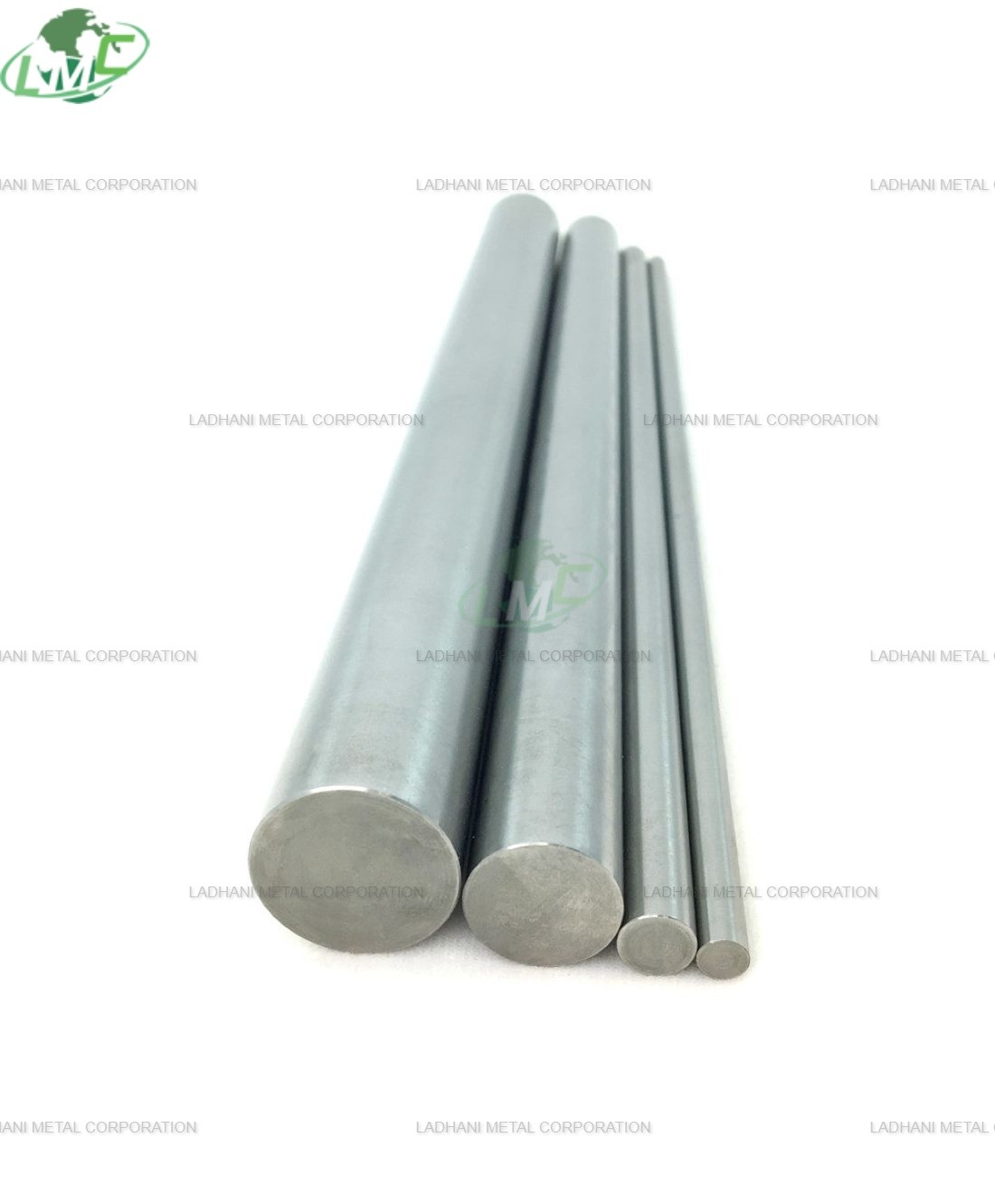A Molybdenum Bar is a solid, rectangular or cylindrical piece of molybdenum metal, often used in industrial applications that require high strength, heat resistance, and durability. Molybdenum is a transition metal known for its excellent properties, including a high melting point, resistance to corrosion, and mechanical strength, which make it ideal for use in demanding environments. Key Features of Molybdenum Bar: o High Melting Point: Molybdenum bars can withstand extremely high temperatures (up to around 2,623°C or 4,753°F) without losing their structural integrity, making them perfect for high-temperature applications such as aerospace and industrial furnaces. o Strength and Durability: Molybdenum bars exhibit superior tensile strength and resistance to deformation, ensuring long-lasting performance under mechanical stress. o Corrosion Resistance: Molybdenum bars are highly resistant to oxidation and corrosion, even at high temperatures, which is crucial for use in harsh environments like chemical processing and high-temperature furnaces. o Electrical and Thermal Conductivity: Molybdenum has good electrical and thermal conductivity, making it suitable for specialized applications in electronics, including filaments, electrodes, and thermocouples. o Ductility and Workability: Although molybdenum is a hard and brittle metal at room temperature, it can be processed into various shapes and sizes, including bars, rods, and wires, through specialized manufacturing techniques. Common Applications: o Aerospace: Molybdenum bars are used in turbine blades, rocket nozzles, and heat shields for spacecraft due to their ability to perform under extreme heat. o Electronics and Electrical: Molybdenum bars are used in filaments, cathodes, and electrodes in electronic devices due to their excellent electrical conductivity and high melting point. o Metallurgy and Manufacturing: Molybdenum is a key component in high-strength steel alloys, making it useful in manufacturing tools, cutting equipment, and industrial machinery. o Chemical Processing: Due to its resistance to corrosive environments, molybdenum bars are used in the construction of reactors, heat exchangers, and other chemical processing equipment. Ladhani Metal Corporation's molybdenum bars are manufactured with strict quality controls and adhere to international standards to ensure optimal performance in demanding application
Send Message








